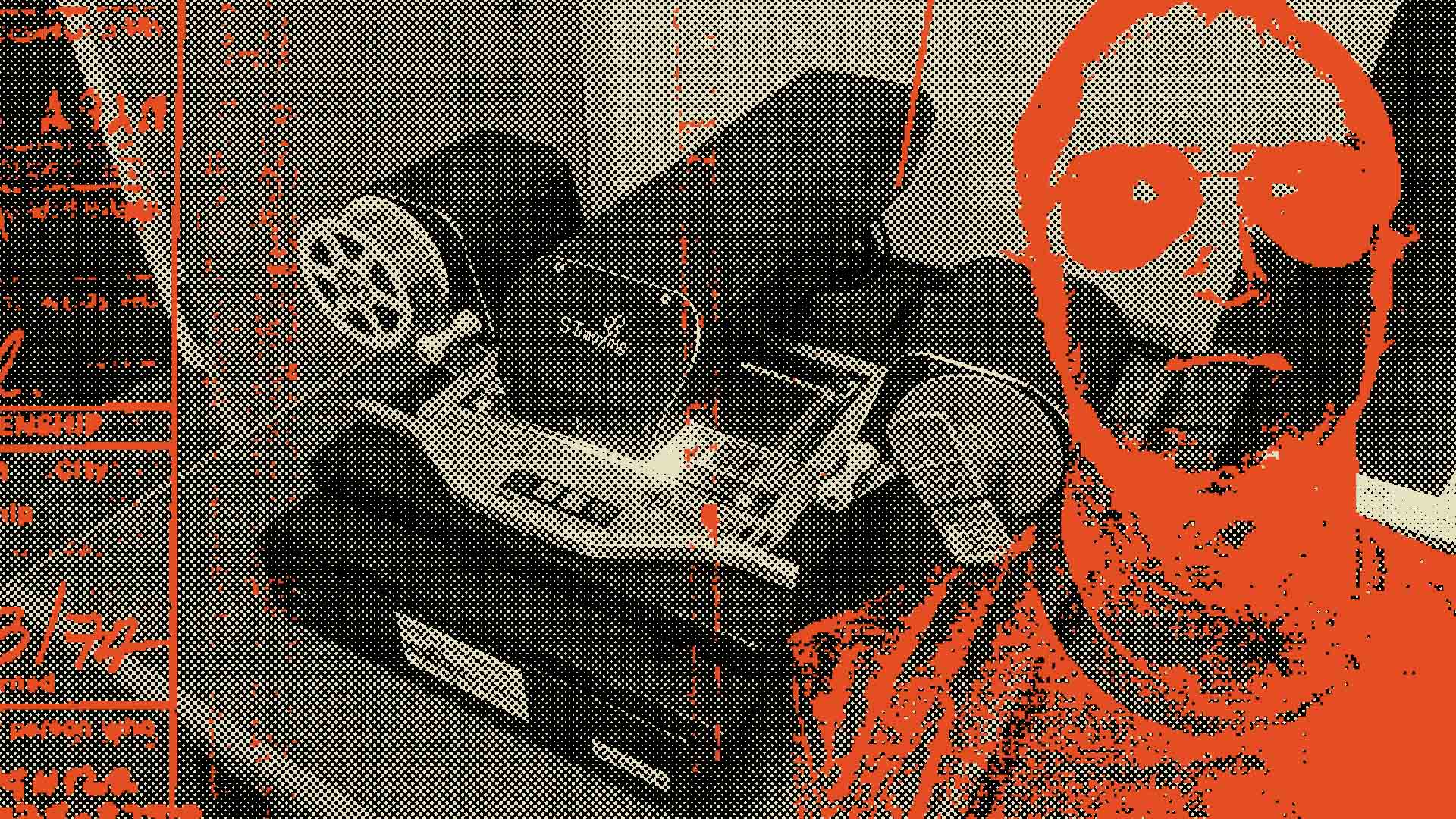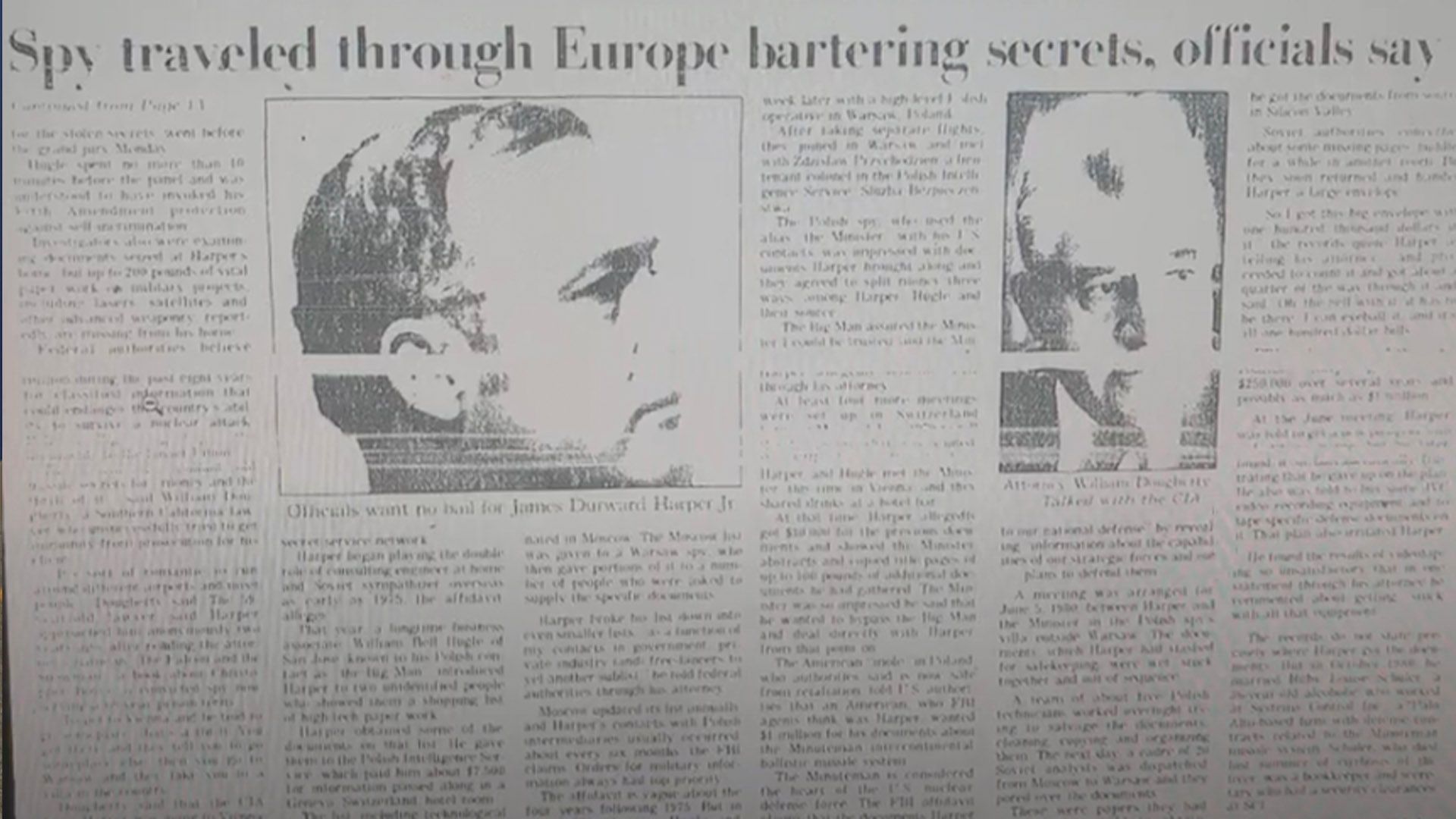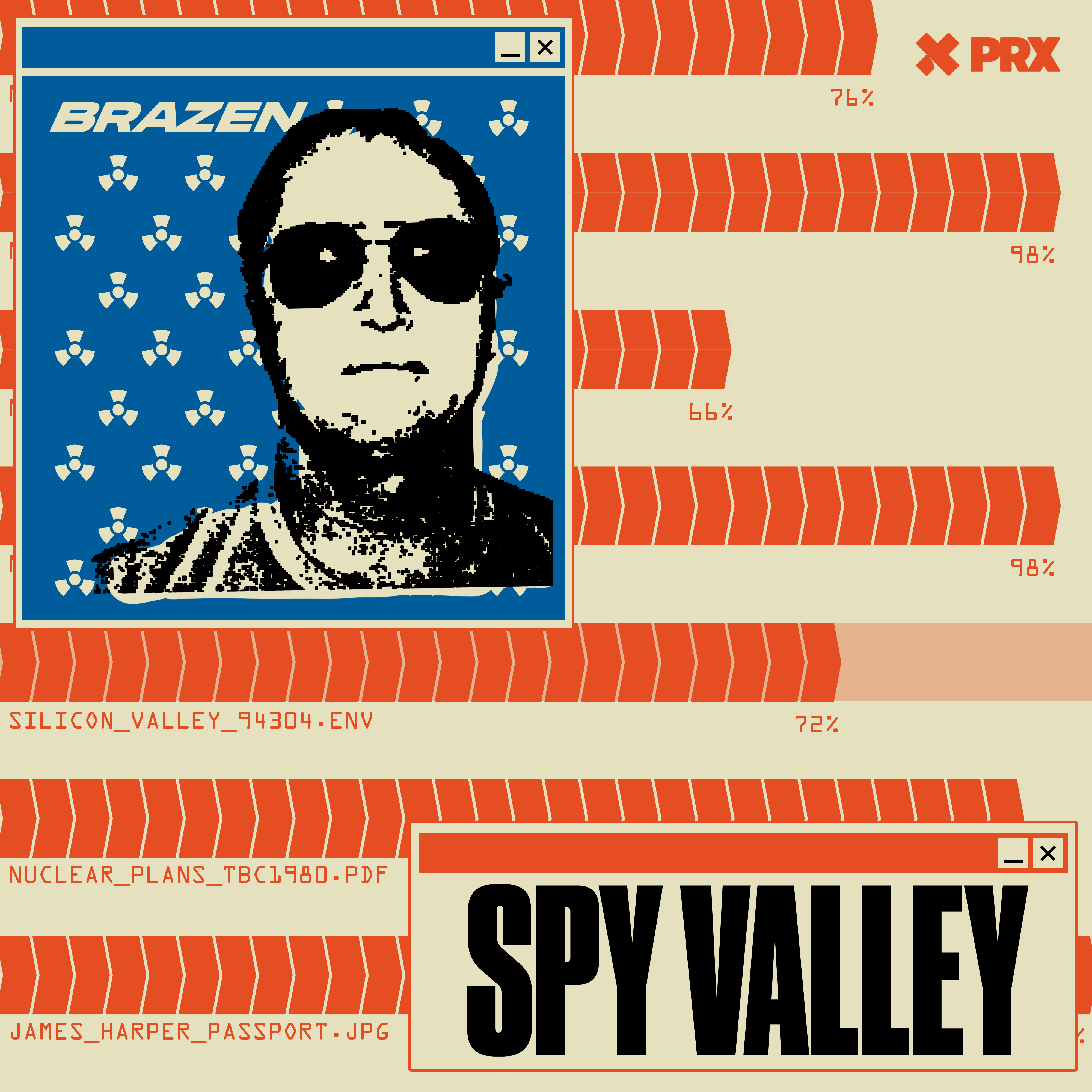
Into the Archives: Uncovering Details About a Spy Case Through Studying Microfiche
In my quest to learn more about James Harper, I left the comfort of my laptop to go to San Jose Public Library and scoured through the microfiche to learn more about his spy activities from the early 1980s.
As the Head of Research at Project Brazen, I spend a lot of my time online, searching public records to uncover clues about a person’s life. It’s a huge and ongoing challenge to determine what is true and what is mere conjecture. Fake news is the scourge of a researcher’s career.
Fortunately for me, the internet is not my only resource. Local libraries provide a place to read up on pretty much any topic you can imagine (and have the huge benefit of being free to access).
Many libraries also house physical records of newspapers, but to save space and prevent deterioration, they have been transferred to microfiche format.
The word “microfiche”, satisfying as it is to say, comes from “micro” - meaning small - and the French word fiche – meaning “slip of paper”. The cards are made of a flat piece of transparent film that contains a tiny version of each page of the newspaper, including text and images.
They are then arranged into a roll of film, which can be fed through a special device called a microfiche reader. The reader displays the large and easily readable version of the film on a computer screen, and you simply press a button to scroll through the pages of film.
The film is stored in boxes organized by date, so the first task is finding the right film – this was easy at San Jose Public Library as everything was beautifully organized.
Here’s how it works: you remove the roll of film from its box and open the panel on the Microfiche reader. Threading the film onto the reader can be a bit fiddly as the film has a habit of pinging back into a roll, but you’ll soon get the hang of it. You then gently push the newly threaded film until it sits underneath the reader, and it is ready to view on the computer screen. When you press the arrow buttons, the film wheel whirls around in a circle, making a satisfying clicking sound. Then it is simply a matter of scrolling through the pages of the newspaper to find what you are looking for.
Many journalists love using the microfiche reader – there is something freeing about accessing this information without the need for Google. Also, even though some libraries have opted to digitize these old newspapers, it’s not universal. So you may find some unique reports unavailable anywhere else.
I headed to the San Jose Public Library late in 2022 on a typical sunny Fall day to see what I could uncover on James Duward Harper, the Soviet Bloc spy at the center of Project Brazen’s new podcast, Spy Valley: An Engineer's Nuclear Betrayal.
My focus was to search through the records of The Mercury News, a morning daily newspaper published in San Jose that is still going today.
San Jose Public Library also keeps detailed digital copies of The Mercury News, so I started there, homing in on the first mentions of James Harper in October 1983 –when he was arrested by the FBI – before moving to the microfiche.
I was truly taken aback by the wealth of detail The Mercury News had published about Harper between October and December 1983. I learned that in 1975, Harper had cornered a former business associate, Anthony Halekakis, to proudly inform him of his illicit spy activities. According to Halekakis, “He had this incredible scheme to sell information to the Poles.”
I was also fascinated to learn more about Harper’s relationship with Bill Hugle, a Silicon Valley bigwig who helped Harper in his spying scheme, and how ugly things got when Harper went solo and tried to cut Hugle out of the deal with the Eastern Bloc. The Mercury News reported that Harper’s lawyer had claimed: “My client’s been scared to death that Hugle would kill him”.

It was also interesting to get a better understanding of how people living in Silicon Valley perceived spies at a time when Cold War tensions were so high. One columnist, Steve Lopez, went to visit a group of kids aged 12-13 at Morrill Middle School in North San Jose in October 1983. He asked them what they knew about the Harper case. Lopez reported that every child raised their hand, and listed some of their comments about the case:
Doug Leonard, 12: "The information was about nuclear missiles. The Polish people had a letter from Moscow which made a list of the information they wanted, and Harper got it."
Shari Tucker, 12: "It's really scary, because it could be your next-door neighbor who's giving away secrets. And you would have the FBI taking him away, and here's your neighbor who's a traitor.”
I spent just a day at the library, but what I learned from scanning the microfiche film gave me a whole new perspective on the Harper case. And it got me away from my laptop for a while, for which I was thankful.
Want to learn more about the Harper case? Listen to Spy Valley, out now.

Listen to the latest episode of Spy Valley: An Engineer's Nuclear Betrayal
Nuclear tensions between Moscow and Washington are reaching a fever pitch. When a desperate James Harper doubles down on spying for the Soviet Bloc, he gets his big payday. But in a game of double-cross and deception, even your friends start to feel like enemies.
Get in touch at zach@projectbrazen.com or securely at brushpass1@protonmail.com.


